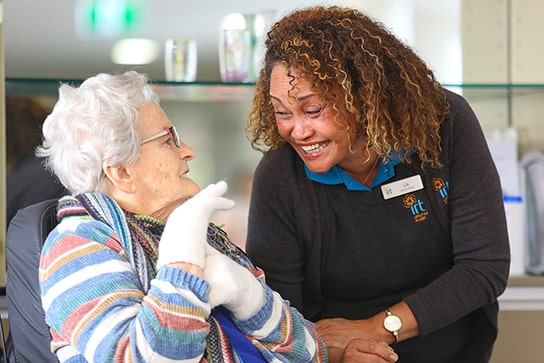7 simple low impact exercises for seniors
Simple, low-impact exercises are a great option for nearly everyone and can be adapted to all fitness levels.
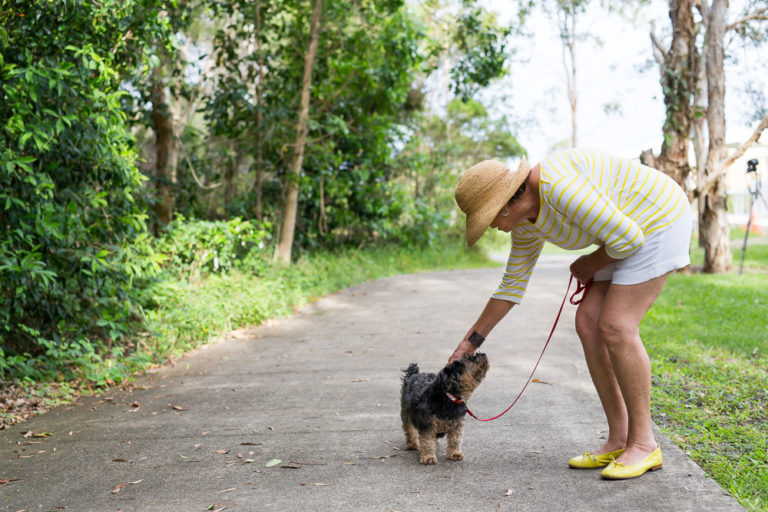
In Australia, we have one of the highest life expectancies in the world. According to the Australian Institute of Health and Welfare, boys born in 2016-18 can expect to live to over 80 and girls to over 84.
We’ve come a long way since the late 1800s when boys were not expected to live past the age of 47 and girls, 50. Over the past two decades, the number of people aged 85 years and over increased by 117%.
Living longer and staying active
We’re all living longer and being in good physical shape is key to making the most of these extra years. By having good physical health and staying active, we can continue doing the things in life that make us happy, for longer.
How much exercise?
Australian guidelines recommend adults over the age of 65 years be physically active for at least 30 minutes each day. Based on the 2017-18 National Health Survey, more than two thirds of adults aged 65 and over didn’t participate in sufficient physical activity.
Physical inactivity
According to the World Health Organization (WHO), physical inactivity is one of the most common and persistent contributors to poor health in the world. Some estimates suggest a lack of physical fitness and activity could be the cause of about half the physical decline associated with old age.
By increasing and maintaining physical fitness and activity, sedentary older adults have the potential to benefit more than any other sector of the population.
Australian guidelines recommend adults over the age of 65 years be physically active for at least 30 minutes each day. Based on the 2017-18 National Health Survey, more than two thirds of adults aged 65 and over didn’t participate in sufficient physical activity.
According to the World Health Organization, physical inactivity is one of the most common and persistent contributors to poor health in the world. Some estimates suggest a lack of physical activity could be the cause of about half the physical decline associated with old age.
By increasing and maintaining physical activity, sedentary older people have the potential to benefit more than any other sector of the population.
Health benefits of exercise
In an interview with The Sydney Morning Herald, Professor Robin Daly, chair of exercise and ageing at Deakin University warned that as we age, exercise is crucial to support muscle mass, strength and function.
Prof Daly also says muscle helps older Australians reduce their risk of fractures and illness and helps maintain mobility to keep up with everyday activities like walking, climbing the stairs or getting up from a chair.
These are all activities we take for granted, but without a regular exercise regime we can begin to experience a range of health problems that affect our ability to do these everyday things the older we get.
For those with joint pain, exercise can be one way to help restore movement and manage pain.

Introduce low-impact exercise into your day
Simple, low-impact exercises are a great option for nearly everyone and can be adapted to all fitness levels.
Before getting started with a new exercise regimen, it’s important to always consult your GP. Remember to start slowly and don’t push yourself too hard. Too much stress on your body is not a great start to your new exercise program.
What does low-impact mean?
A low-impact exercise routine is gentle on your joints and put less stress on your body.
Start slowly
The WHO recommends that adults over the age of 65 should do at least 150–300 minutes of moderate-intensity aerobic physical activity; or at least 75–150 minutes of vigorous-intensity aerobic physical activity; or an equivalent combination of moderate and vigorous-intensity activity throughout the week.
If you’re just getting started and the recommended minutes of exercise a week is a little daunting, try breaking it up into mini sessions of exercise throughout each day. The main thing is to make a start, and then keep trying.
When done regularly (for 30 minutes on most days), moderate intensity, low-impact exercises can be very effective at improving your fitness, strength, confidence, coordination, balance and mood.
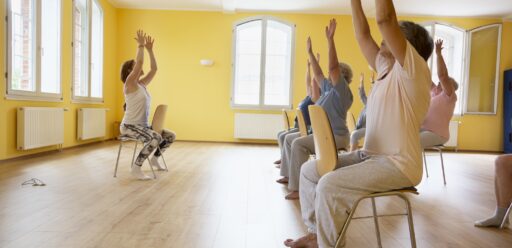
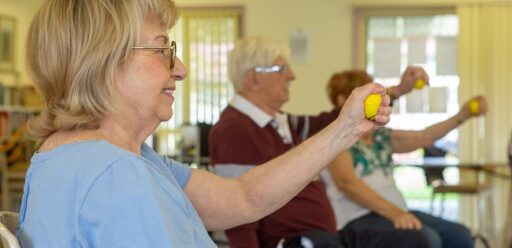
Try these low-impact exercises for seniors (or anyone!)
In an earlier edition of The Good Life Magazine we spoke with Associate Professor Paul Stapley from the University of Wollongong about the effects of ageing on our coordination and balance. He says that getting older should not be associated with a sedentary lifestyle and shared some ways seniors can incorporate low-impact exercises into their day.
1. Walking
Our bodies are built to walk and we don’t do enough of it! Try and build more walking into your everyday activities, or plan a brisk walk with a friend to make it a social occasion as well.
Discover the health benefits of a morning walk.
2. Swimming
This is a great form of exercise that is gentle on your joints. The water overcomes gravity supporting your weight and helps relieve stresses. Swimming can also be another great social activity.
3. Sit to stand
The action of sitting to standing is often an activity that can lead to falls, so practicing this movement as part of your exercise routine is a good way to improve muscle strength and help prevent falls.
4. Gardening
Australia has great weather to be out and about in, making this a great form of exercise too. Heavy gardening, such as digging or shovelling can be an effective form of exercise.
5. Strength training
Another great way to keep fit is through muscle strength training such as weight training either in a gym or at home.
Strength training is part of the recommended exercise regime for seniors and essential when trying to improve muscle and bone health, balance and strength for everyday activities like carrying groceries and household chores.
Bodyweight exercises - where you use your own bodyweight to provide resistance - are also a good way to build up muscle and strength. It's also affordable and can be done at home as bodyweight exercises include push ups and supported lunges for example.
Strengthening exercises, from lifting weights to hill walking, can help target certain muscle groups and help people stay active.
If you’re going to start weight training, make sure you consult a professional personal trainer or your doctor.
For more details about ways to stay fit and improve your physical and mental health visit How To Create Healthy Habits in Retirement - IRT.
6. Water aerobics
Water aerobics, also knowns as aqua aerobics, is a great low-impact exercise for seniors to improve overall health and wellbeing. According to Queensland Health, the supportive nature of the water provides ease of movement and reduces impact on the joints. And you get to do it in a fun group environment. So why not find a swimming pool near you and jump right in.
7. Yoga
Gentle yoga, especially chair yoga, is an excellent way to stretch your body and relax your mind without putting pressure on your joints.
Note: It’s always best to consult your doctor for a plan that is best-suited to your individual needs. Remember to always start your exercise program at a low level and progress slowly – especially if you haven’t exercised in a long time. Exercise that is too intense, too quickly may increase your risk of injury.
Looking for more exercise ideas?
For more exercise ideas for people 65 and over checkout the Australian Government’s Department of Health guidelines: Choose Health, Be Active: A physical activity guide for older Australians.
Discover the health benefits of yoga and the best types to try for seniors.
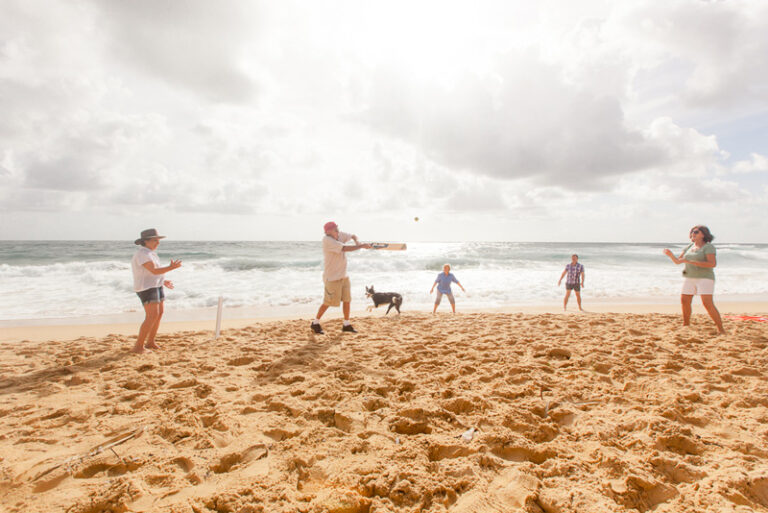
Stay active in retirement
IRT has been building retirement villages for more than 50 years. We have more than 30 retirement villages in NSW, Qld and the ACT. Living independently in a community is a great way to stay active with various lifestyle activities on offer.
Find out moreYou may also like
Choosing an Aged Care Centre: What to consider
Moving from your home into a residential aged care centre can be a rewarding experience for you or your loved one.
Your guide to moving into a retirement village
When the decision to move into a retirement village has been made, the thought of packing up your old home and moving in to your…

